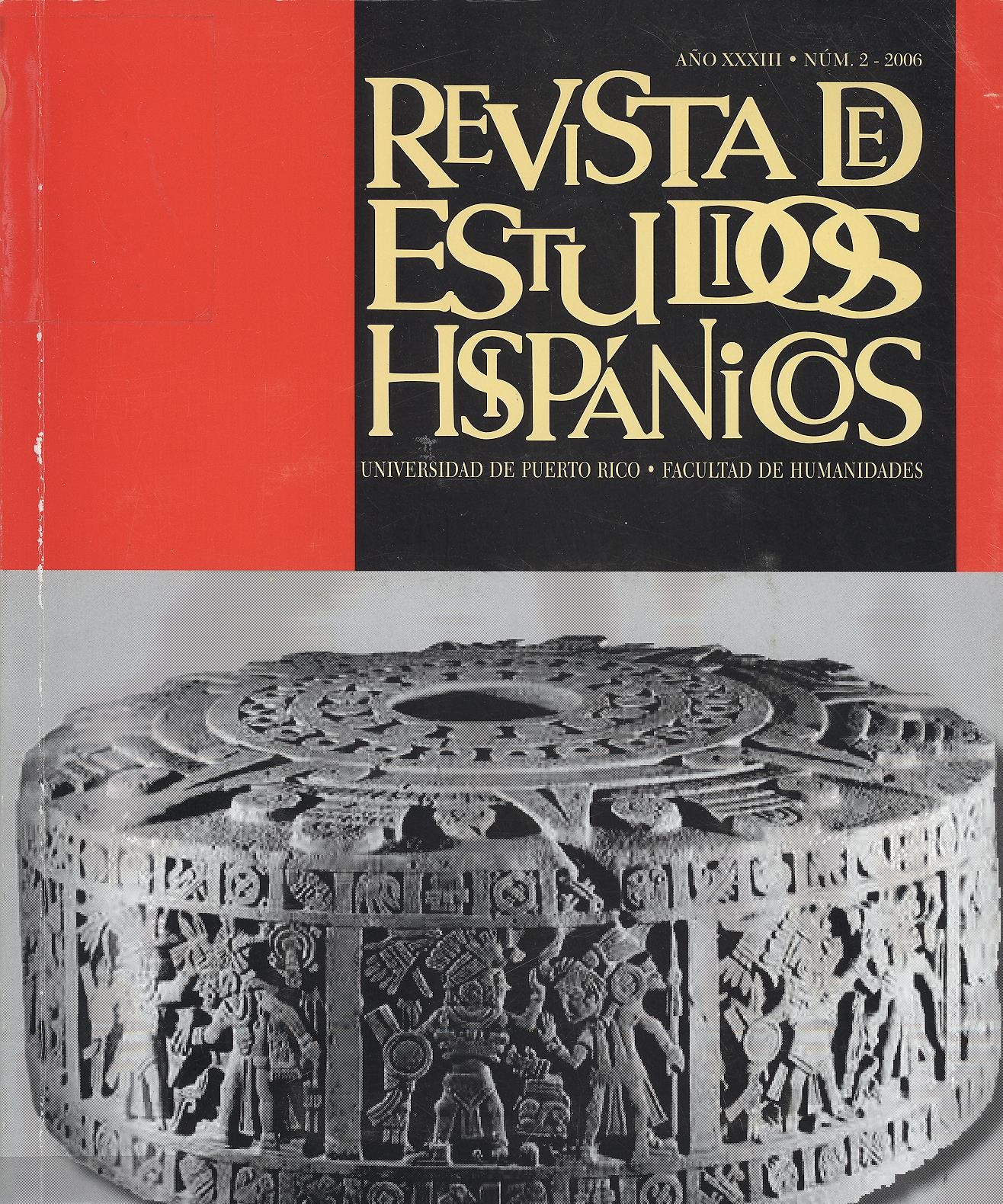Abstract
Throughout the 20th century, critics debated extensively the theme of fact vs. fiction in the works of the celebrated Peruvian author, the Inca Garcilaso de la Vega. Perhaps in no other of the Inca‘s works is this topic so prevalent than in La Florida, a chronicle about the failed journey of the famous conqueror of the North American southeast, Hernando de Soto (1539-1541). In his prologue, the Inca states that his intention is to rescue from oblivion and truthfully record for posterity De Soto‘s deeds. Nevertheless, the modern reader is still able to discern certain novelist tendencies in the work through frequent and, at times, extensive digressions that not only entertain but educate and teach as well. This article analyzes the form and purpose of three of the Inca‘s most used digressions: self-defense, maxims, and natural history.This work is licensed under a Creative Commons Attribution-NonCommercial 4.0 International License.
Downloads
Download data is not yet available.

